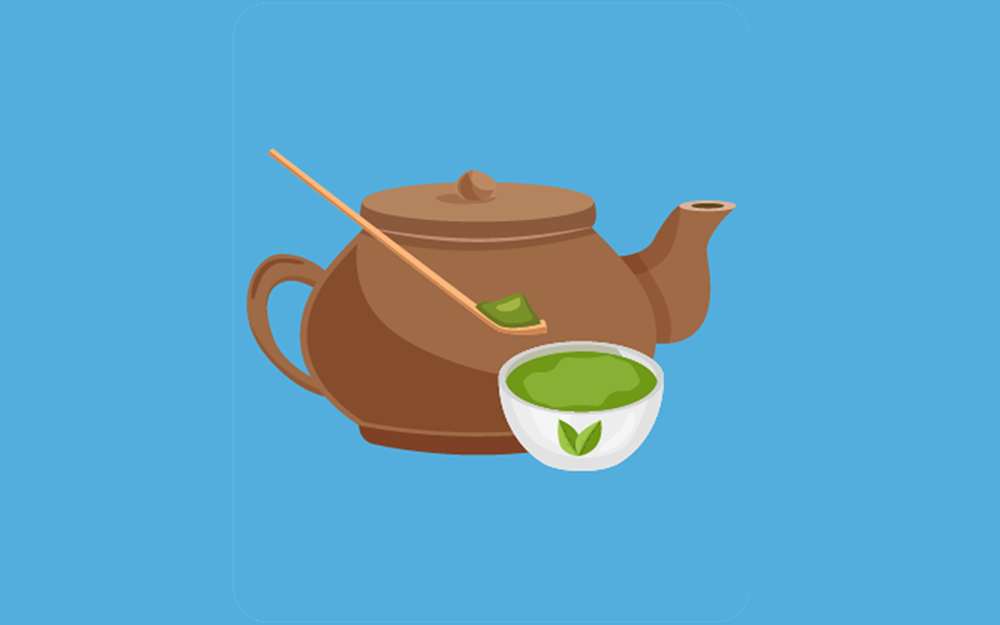by Jill Coleman RN
Many of us have heard about it, and know it is not good, but why is it not good? That’s is what I am
going to try to answer today.
A little history: Professor Kikunie Ideda from the Tokyo Imperial University isolated glutamic acid as a
new taste substance in 1908 from seaweed. He noticed that the Japanese broth from this seaweed
had a peculiar taste that had not been scientifically described at that time and was differed from sweet,
salty, sour and bitter. To verify that ionized glutamate was responsible for the taste, Professor Ikeda
studied the taste properties of many glutamate salts such as calcium, potassium, ammonium, and
magnesium glutamate. All salts elicited a similar taste in addition to a metallic taste due to the other
minerals. Among those salts, sodium glutamate was the most soluble and palatable, and crystallized
easily. Professor Ikeda named this product monosodium glutamate and submitted a patent to produce
MSG.
MSG is the sodium salt of glutamic acid. It is a naturally occurring, non-essential amino acid in certain
seaweeds, sharp cheeses, tomatoes and mushrooms. (Non-essential means the body can produce it on
its own, and amino acids are the building blocks of protein). Since it is not salty, sweet, bitter or sour, it
adds ‘the fifth taste’ to foods called ‘unami’.
It is used primarily as a flavor enhancer and balances out the perception of the taste of foods and is
disguised as hydrolyzed vegetable protein, autolyzed yeast, maltodextrin, sodium caseinate, calcium
casinate, whey/soy isolate concentrate, broth, artificial flavoring, and natural flavors.
The trouble started when they isolated it and started commercially producing it. On their own,
glutamates are important neurotransmitters in the human brain and play a role in memory and learning.
But, when artificially produced synthetically, it can actually do damage that may be irreversible in some
cases.
Although it is tasteless, it is believed to stimulate certain receptors in the tongue to make what you are
eating taste more rich, or like meat. According to the FDA, “Abnormal function of glutamate receptors
has been linked with certain neurological diseases, such as Alzheimer’s disease, and Huntington’s
Chorea, which are both central nervous system disorders. “
While it is true that there are minute levels of unprocessed glutamate found in some foods, this is
irrelevant when considering the safety of MSG. Saying MSG is safe is like saying cocaine is safe because
it is naturally occurring in the coca leaf! It does not now mean processed raw cocaine is safe!!
Monosodium glutamate (MSG) contains the excitatory neurotransmitter glutamate which opens
the calcium channel and triggers the neuron to fire an electrical impulse. If there is excess glutamate
surrounding these neurons, they can be over stimulated, generating large amounts of free radicals and
inflammatory chemicals. If these neurons are over stimulated enough they will die. Even the neurons
that are not killed can have permanent damage.
So if large amounts of glutamate from MSG gets into the brain, which it will in the areas that
have no blood brain barrier, or defective blood brain barrier, then it can over stimulate brain cells. It has
also been shown that when the blood glutamate level is high for a prolonged period, it will even seep
past a supposedly intact blood brain barrier!
Some people are more sensitive than others to MSG and can experience headaches, nausea,
heart palpitations, chest pain, sweating, facial pressure, weakness, and numbness/tingling in various
body parts. Just because one does not experience these symptoms does not mean one is immune to
the effects of this man made chemical.
So how do you avoid this stuff? Well if you eat out a lot you are probably getting a good dose
of it. So eating more home-made, unpackaged meals at home is the best way to avoid it. When I
say ‘homemade’ I don’t mean Hamburger Helper, or other TV dinners!
You can also make a request to not add MSG in your food when you go out to eat. But, unless
you go to a really nice dining establishment, many dishes are prepackaged and the MSG can’t be
separated out. Salads, fruits and un-breaded meats may be your safest bet.
Making it yourself from fresh, whole ingredients at home is a guarantee there will be no MSG
unless you add in a spice mix that has it.
We can all write to our congressmen and revolt against these harmful chemicals allowed in our
foods, like MSG, High Fructose Corn Syrup and Hydrogenated Oils.
Here’s one of many links for food advocacy:
http://www.drmercola.com/omega-3/why-lack-of-omega-3-fats-is-harmful-to-your-health/
email me at JillRN50@gmail.com










































